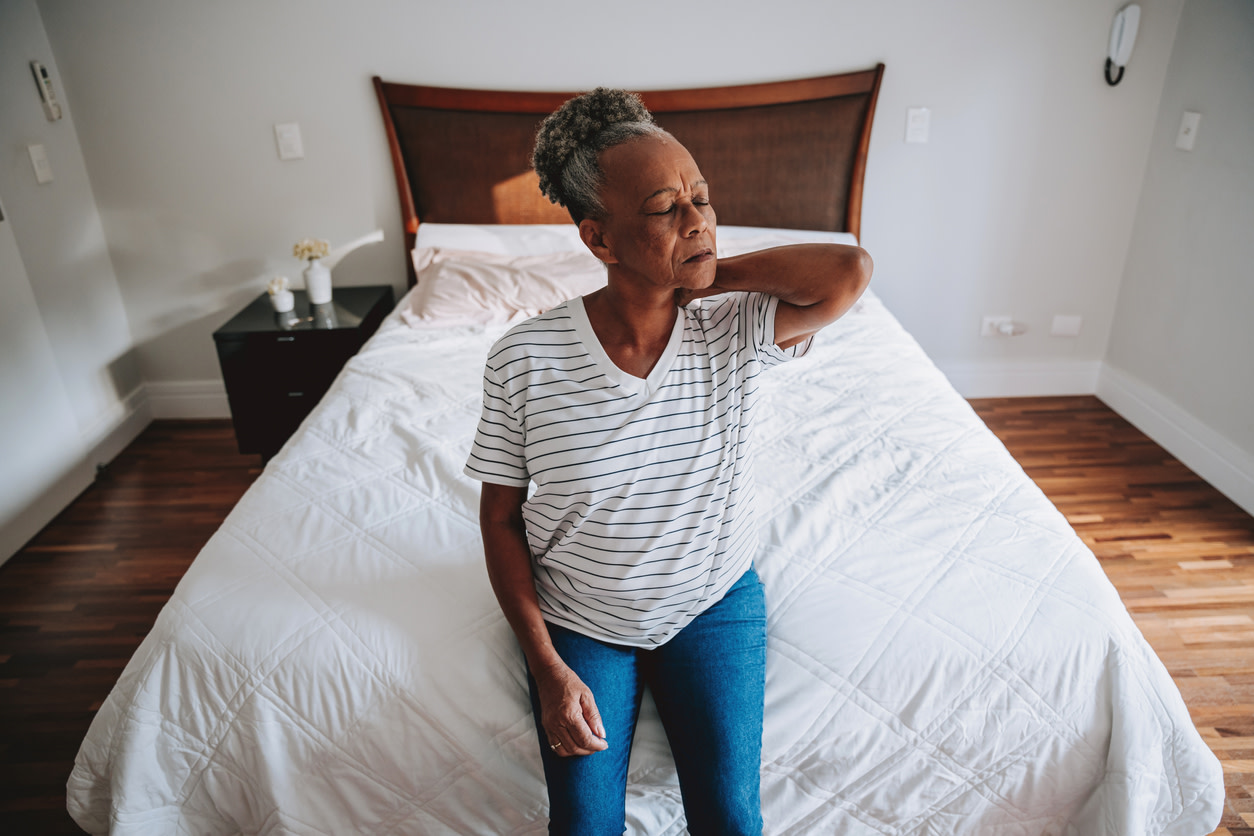Espasmos en la parte superior de la espalda: consejos de tratamiento y prevención
¿Por qué se producen espasmos musculares en la parte superior de la espalda? Explora qué los causa y los tratamientos eficaces para aliviar los espasmos de espalda, incluidos los estiramientos recomendados por un fisioterapeuta.
$0 costo para usted
Última actualización: Mar 19, 2025
El índice
Fully covered back pain relief
Find relief from lower back pain, a thrown out back, sciatica, & more.
Check if I'm eligibleExercises for upper back spasm relief
¿Quieres atención de expertos? Consulta si estás cubierto por nuestro programa gratuito →- Exprimidos escapularios
- Relojes escapulares
- Rotación de cabeza con mano
